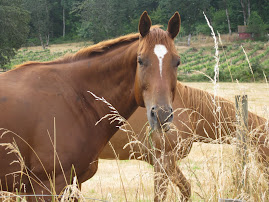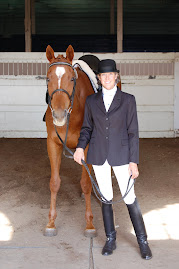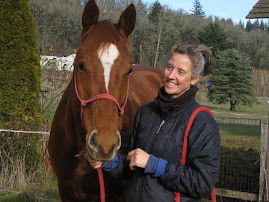So....I read a post on FB. It was about a new book by a German trainer in regards to the "The Rotteness of Dressage." (My apologies...I'll be finding the name of the author, the Actual name of the book, and reading the book...)
I, do, however, have to agree...
I know I am not a Grand Prix Dressage rider...but I DO know movement.
Before I was lucky enough to go to a Gerd Heuschmann clinic, I was not impressed with the "professional" level of Dressage. I saw (and see) horses' tails swishing, gnawing on the bit, and flipping their front legs out in front of them with dropped backs and high hineys...
The Gerd Heuschmann information confirmed what I already thought... the professional level Dressage has moved away from the Classical form toward showing off and impressing the "dumb" public. So sad.
Collection has been modified from a complex dance between two sentient beings to Faster! Bigger! Sooner!! The judges are a lot to blame because they score the modified collection as what will win.
Sigh.
I used to think I wanted to be in the upper echelon of Grand Prix Dressage...but my path has not taken me in that direction. And thanks to Trevor, he taught me a happy horse is more important than prestige and a ribbon. I am still on the path to move up through the levels with Trev, but on our time, with quality and purpose.
As riders, we all have to pick our own path...
What is yours...?



